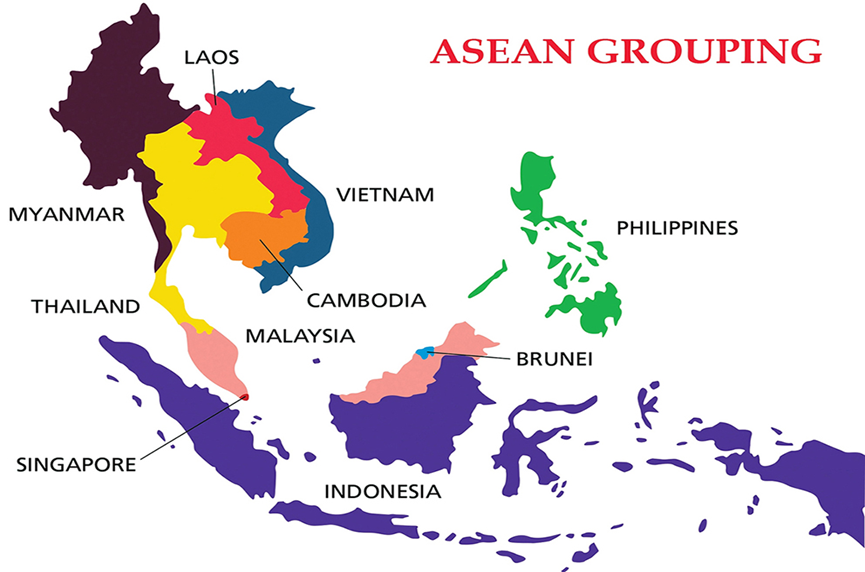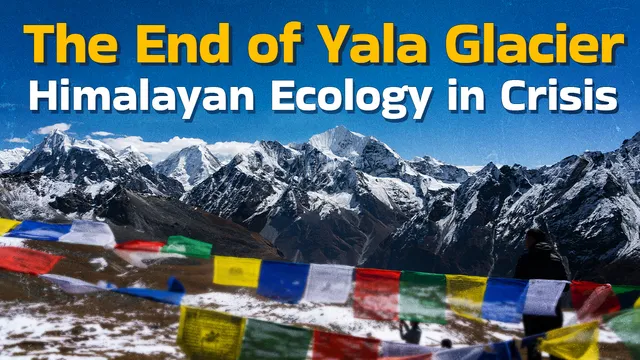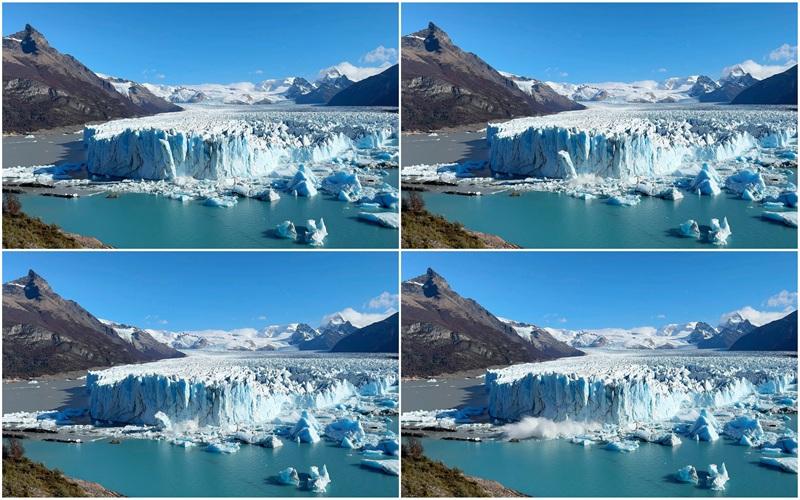- Courses
- GS Full Course 1 Year
- GS Full Course 2 Year
- GS Full Course 3 Year
- GS Full Course Till Selection
- Online Program
- GS Recorded Course
- NCERT (Recorded 500+ Hours)
- Polity Recorded Course
- Geography Recorded Course
- Economy Recorded Course
- AMAC Recorded Course
- Modern India, Post Independence & World History
- Environment Recoded Course
- Governance Recoded Course
- Science & Tech. Recoded Course
- International Relations and Internal Security Recorded Course
- Disaster Management Module Course
- Ethics Recoded Course
- Essay Recoded Course
- Current Affairs Recoded Course
- CSAT
- 5 LAYERED ARJUNA Mentorship
- Public Administration Optional
- ABOUT US
- OUR TOPPERS
- TEST SERIES
- FREE STUDY MATERIAL
- VIDEOS
- CONTACT US
PM attended 20th ASEAN-India Summit and 18th East Asia Summit (EAS)
PM attended 20th ASEAN-India Summit and 18th East Asia Summit (EAS)
08-09-2023
-1694242664059.jpg)
Latest Context:
Recently, the PM Modi attended 20th ASEAN-India summit and 18th East Asia Summit in Jakarta (Indonesia).
Key highlights of the Summits are:
- At the summit, India presented a proposal for strengthening India-ASEAN (Association of Southeast Asian Nations) cooperation, which includes:
- To establish multi-modal connectivity and economic corridor linking South East Asia-India-West Asia and the Europe.
- To share India’s digital public infrastructure with ASEAN Partners.
- To establish “ASEAN-India Fund for Digital Future” focusing on cooperation in digital transformation and connectivity.
- India invited ASEAN countries to join the Global Centre for Traditional Medicine and Coalition for Disaster Resilient Infrastructure.
- India promised to provide support to the Economic and Research Institute of ASEAN and East Asia (ERIA).
- India called for an enhanced cooperation on maritime safety, security and awareness.
About ASEAN
- It’s a regional grouping that works in areas like Economic, Political, and Security cooperation.
- It was established in 1967 in Bangkok (Thailand) with the signing of the ASEAN Declaration (also known as Bangkok Declaration) by the founding members of ASEAN namely Indonesia, Malaysia, Philippines, Singapore and Thailand.
- Its chairmanship rotates annually, based on the alphabetical order of the english names of member states.
- ASEAN countries have a total population of 650 million people and a combined Gross Domestic Product (GDP) of USD 2.8 trillion.
- It is India’s 4th largest trading partner with about USD 87 billion of trade.
- Currently 10 South East Asian Nations are its Members and these are: 1) Brunei 2) Cambodia 3) Indonesia 4) Laos 5) Malaysia 6) Myanmar 7) Philippines 8) Singapore 9) Thailand 10) Vietnam

How has been the ASEAN-India Relations?
- ASEAN is considered one of the most influential grouping in Southeast Asia.
- India and several other countries, including the US, China, Japan and Australia are its important partners.
- The ASEAN-India dialogue relations (diplomatic ties) started with the establishment of a partnership in 1992.
- The relations further upgraded to full dialogue partnership in 1995 and summit-level partnership in 2002.
- Traditionally, the basis of India-ASEAN ties has been trade and people-to-people ties due to shared historical and cultural roots.
- Both India and ASEAN aim to establish a ‘Rule-based World’ for peaceful development and its against China’s aggressive policies.
About the East Asia Summit (EAS)
- EAS is a major regional forum of the Asia-Pacific region that brings together leaders from 18 countries to discuss various political, economic, and security issues.
- For the first time, the idea of an East Asia Grouping was proposed in 1991 by then Malaysian PM Mahathir Mohamad.
- 1st EAS summit was held in December, 2005 at Kuala Lumpur (Malaysia).
- In total, the EAS has 18 member states which include 10 ASEAN member countries (Brunei, Cambodia, Indonesia, Laos, Malaysia, Myanmar, the Philippines, Singapore, Thailand, and Vietnam) and 8 other countries (Australia, China, India, Japan, South Korea, New Zealand, Russia and the United States).
- Basically, the EAS operates on the principles of openness, inclusiveness, respect for international law and the ASEAN centrality.
- It organises annual summit meetings, where heads of state or government from each member country participate. The summit provides an opportunity for leaders to engage in discussions, build relations and explore collaborative solutions to regional issues.
- Generally, the EAS is held alongside ASEAN Leaders' meetings in the fourth quarter of every year.
- Other than the EAS Leader’s Summit, various ministerial and senior official meetings are also held such as the Foreign Ministers Meeting, the Economic Ministers Meeting, the Defence Ministers Meeting, and the Education Ministers Meeting.
- It operates on a consensus-based decision-making process, which means that all member countries must agree on any joint statements or initiatives issued during the summit.

India and the East Asia Summit
- Founding Member: India is a key participant in every East Asia Summit (EAS) and has been actively involved in the forum since its formation in 2005.
- Strategic Importance: India views the EAS as a crucial platform for engaging with East Asian nations and other major powers of the region.
- Act East Policy: It allows India to develop strong political, economic, and cultural ties with other member states, contributing to India's "Act East" policy, which aims to enhance its engagement with countries in the eastern part of the world.
- Economic Cooperation: India seeks to enhance economic cooperation within the region through the EAS. It actively participates in discussions related to trade, investment, and economic integration, with the goal of expanding its economic ties with East Asian countries.
- Security Cooperation: As a country located in the Indo-Pacific region, India is deeply concerned about regional security issues, including maritime security, counter-terrorism. The EAS provides a platform for India to collaborate with other member countries in addressing these security challenges.
- Non-Traditional Security Issues: India recognizes the importance of addressing non-traditional security issues, such as climate change, natural disasters, and public health crises, which have significant implications for the region. Through the EAS, India participates in discussions and initiatives aimed at tackling these challenges collectively.
- Commitment to Multilateralism: India's active participation in the EAS reflects its commitment to multilateralism and its willingness to work with other countries in the region to find cooperative solutions to common problems.
- Regional Connectivity and Infrastructure Development: India supports initiatives aimed at enhancing regional connectivity and infrastructure development in the Indo-Pacific region. Projects like the "Indo-Pacific Oceans Initiative" and "Asia-Africa Growth Corridor" are examples of India's efforts to promote economic and infrastructure connectivity.



